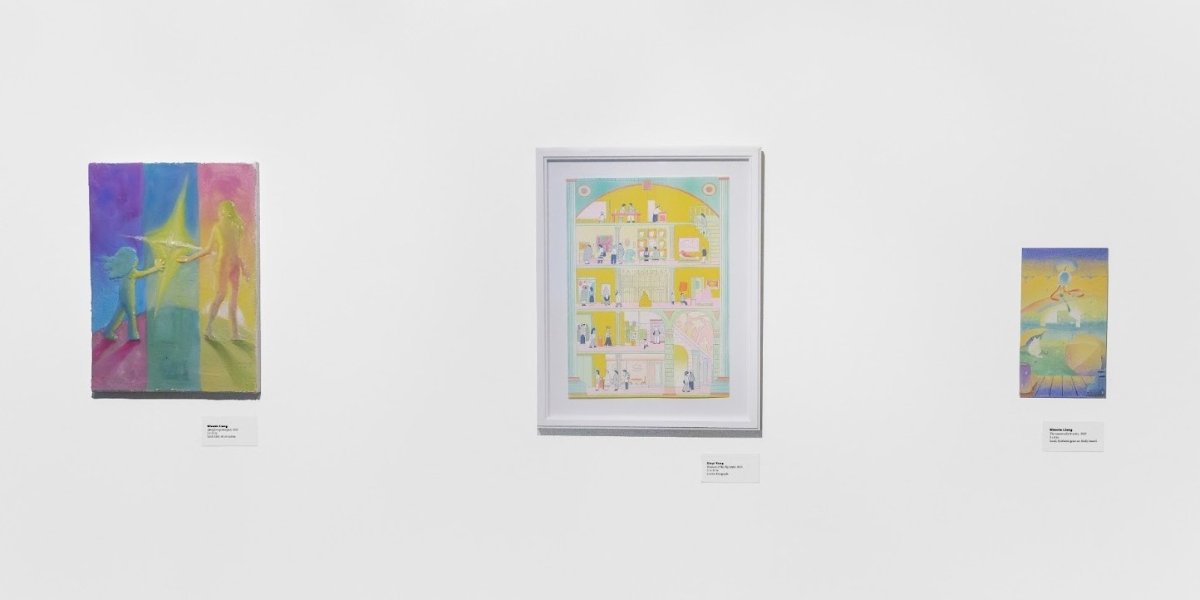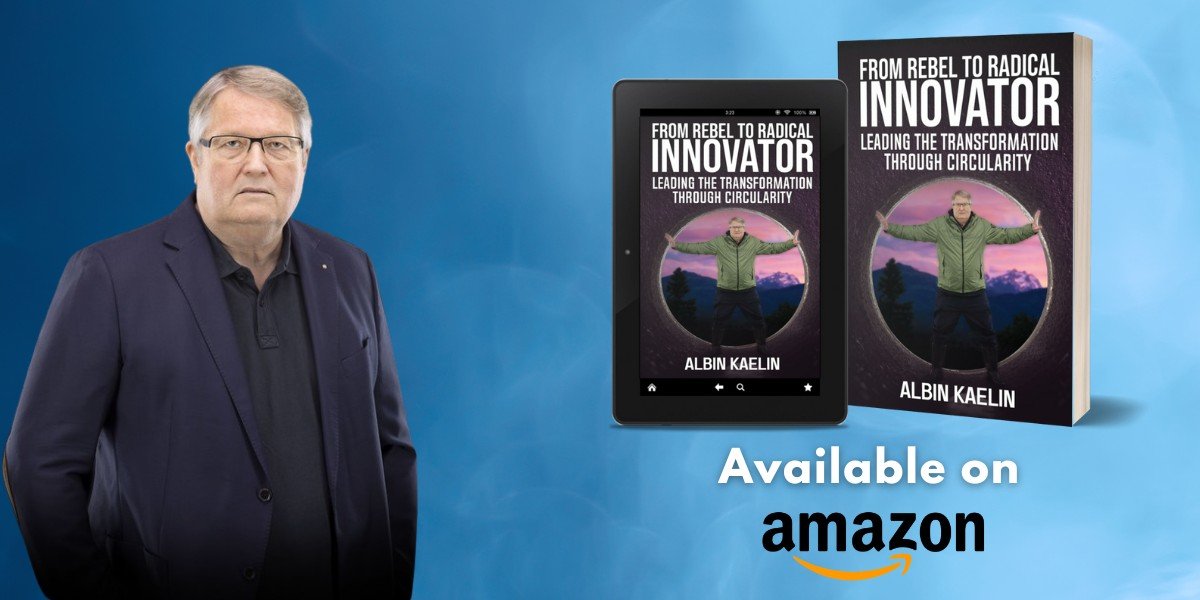Her Nonverbal Notes: A Silent Symphony
By: Chenyang Nie
In a quiet Los Angeles gallery on La Cienega Boulevard, an intimate exhibition invites viewers not just to see—but to feel. Curated by Chenyang Nie and presented by the nonprofit Artistry Edge, the group exhibition Her Nonverbal Notes offers a delicate exploration of female inner worlds, expressed through their distinct approaches.
The show features four exceptional women artists—Minmin Liang, Sue Shu, Xinyi Yang, and Yifei Wang—whose works unfold like handwritten entries in deeply personal journals. There are no grand declarations or loud statements. Instead, this exhibition subtly communicates. It speaks in metaphors, motifs, and material experiments, allowing viewers to absorb the works slowly, as one might read a friend’s secret letter.
The premise of Her Nonverbal Notes is both emotional and sensorial: to witness how women express their personal trajectories and imagination without relying on direct language. The works evoke introspection and vulnerability, offering the audience glimpses of dreams, soft memories, subtle humor, and fleeting moments of connection. Each piece is a tactile extension of its maker—woven, etched, or drawn from the inner folds of experience. The result is a gentle, almost meditative atmosphere that invites stillness and reflection.

Photo Courtesy: Verso Studio
Minmin Liang: Memory in Motif
Minmin Liang, a bilingual illustrator known for her story-driven approach, brings to the exhibition a gentle tribute to childhood wonder and life’s gentle absurdities. In Weaving: A Fragment of Memory, she reconstructs an afternoon through the evocative symbols of mahjong tiles, music, and a lounging cat—relics of comfort and cultural resonance.

Photo Courtesy: Verso Studio
Sue Shu: Nature Against the Man-Made
Shu, a Macomber Travel Award recipient and CalArts BFA graduate now pursuing her MFA at USC, continues to experiment with process-based forms. Her work reads like an ecological confession—one that doesn’t shout, but quietly pulses beneath the surface.
Xinyi Yang: Architecture of Emotion
New York-based illustrator Xinyi Yang infuses her works with a cinematic tenderness. Her celebrated piece Museum of the Big Apple, printed in rich Risograph hues, transforms the city’s iconic art institutions into an animated dollhouse. Each room reveals a story—a memory, an artifact, a figure from the city’s vibrant art scene.
Yang’s influences—ranging from 19th-century architecture to decorative arts—breathe through her soft, atmospheric compositions. Her accolades include honors from American Illustration, the Society of Illustrators, and iJungle Illustration Awards. Yet it’s her emotional restraint and poetic eye that truly distinguish her work. In Her Nonverbal Notes, her pieces feel like reveries—half-remembered, wholly felt.
Yifei Wang: Observing the Unseen
Yifei Wang’s charcoal and ink works bring a moody, contemplative counterpoint to the show. In Night Trees, Wang transforms ordinary oaks into looming, almost sentient beings. Drawing from Gothic architecture and fantastical imagery, their work merges the real with the surreal, asking: What do we see when we truly observe?
Wang’s approach is a balance between observation and invention. Their linework is expressive yet spare, filled with gaps that the viewer’s imagination is invited to complete. In a show built on nuance, their drawings stand out in their quiet power.
What connects all these works is not style or even subject—it’s intention. Each artist in Her Nonverbal Notes offers a piece of herself: not polished declarations, but private, vulnerable moments that resist being commodified. These are not loud works, but they linger with you. Like notes passed between friends, they carry warmth, introspection, and a certain ineffable knowing. The curator sought to create a space for quiet emotionality—a rare feat in an art world often obsessed with spectacle. With Artistry Edge, a nonprofit dedicated to nurturing emerging talent, Chenyang Nie uplifts voices that are often overlooked, especially among women in the early stages of their careers.
In an era where so much of our communication is immediate and performative, Her Nonverbal Notes reminds us of the value of what’s unspoken. These works encourage slowness, observation, and feeling. They are not explanations—they are experiences. For women who see fragments of themselves in these delicate articulations, and for those learning to listen more deeply, this exhibition provides a space to breathe, to reflect, and perhaps, to be silently understood.
Special Thanks to: Private Beach Studio, Photos by Verso Studio.





